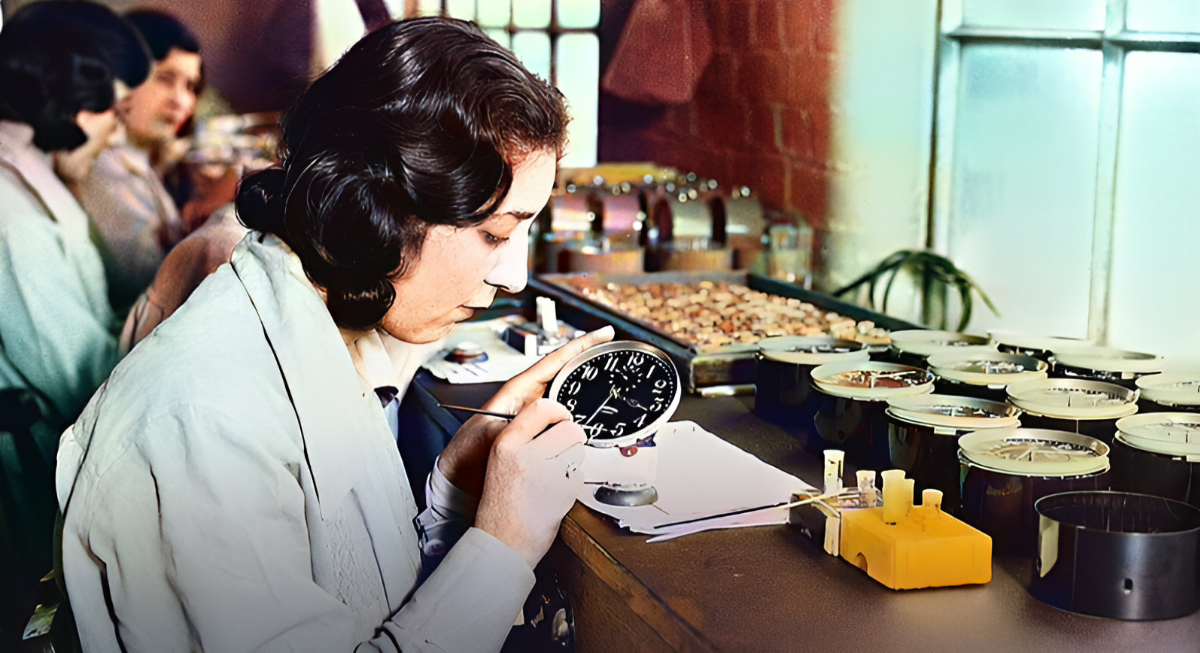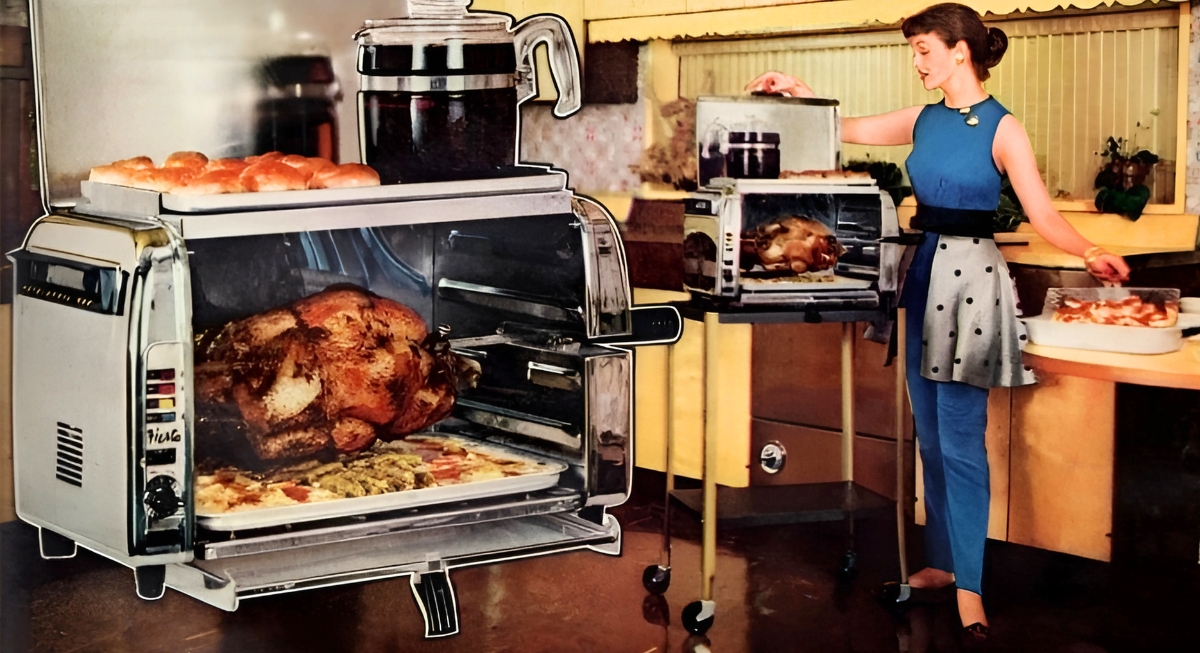The 1950s were not only simpler times, but the lack of technology also meant that the booming industries gave rise to some extremely dangerous jobs. And not just technology; the lack of safety measures and rights also meant that workers often faced life-threatening risks every day. These jobs involved everything from working in harsh environments to handling toxic materials. Thankfully, advancements in technology and stricter regulations have made these dangerous professions obsolete.
Let’s explore some of these hazardous roles and why they’re no longer around.
Asbestos Extraction Workers
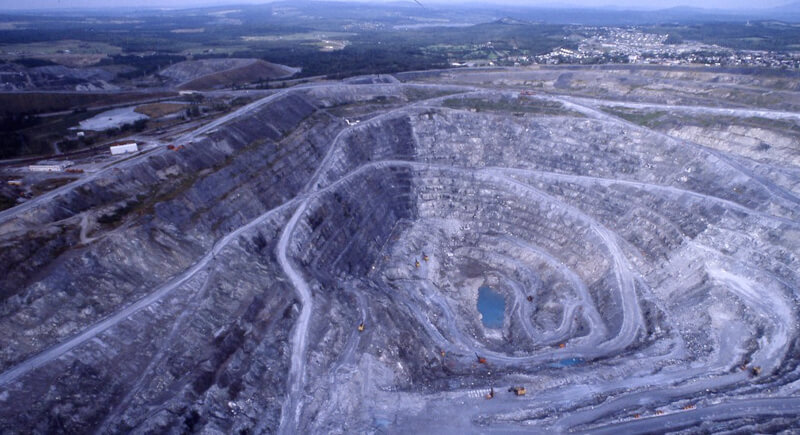
Credit: flickr
Mining asbestos was a common practice in the mid-20th century, supplying materials for construction and insulation. Few realized the health toll of handling the toxic fibers. Many operators developed fatal respiratory diseases, which highlighted the need for stricter health regulations. Today, the job is outlawed in most nations, prioritizing public safety.
Radium Dial Artists
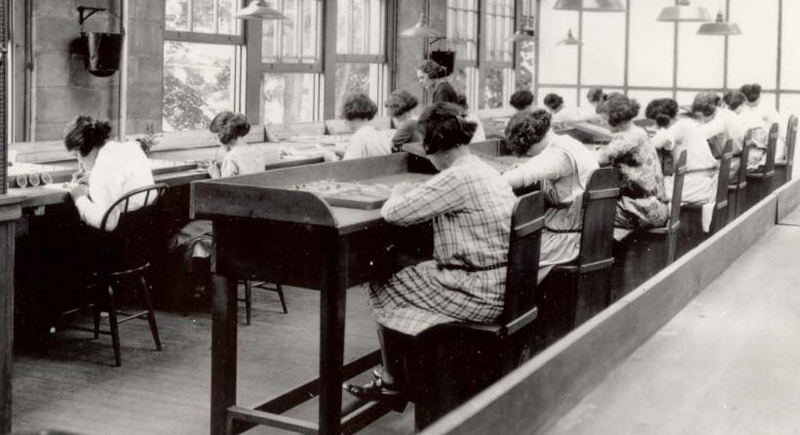
Credit: Wikimedia Commons
Glow-in-the-dark watch faces were all the rage, and it was radium that made them shine. Painters of these dials were exposed to dangerous radiation. Unknowingly, they ingested it while working with fine brushes. Many faced serious health issues, leading to reforms that focused on safety in manufacturing.
Window Tappers
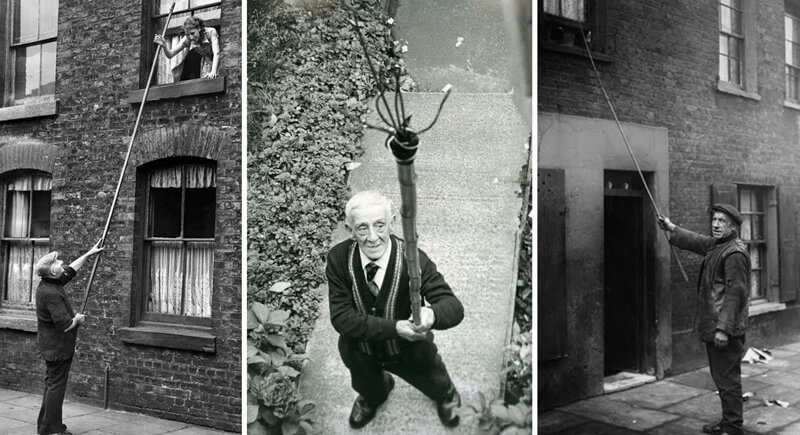
Credit: Youtube
Long before alarm clocks became household staples, human alarm clocks roamed city streets. These people were responsible for tapping on windows to wake up staff. They were also known as knocker-uppers and endured harsh weather and unpredictable schedules. Their role disappeared as technology took over and found less exhausting alternatives.
Leaded Gasoline Handlers

Credit: freepik
The widespread use of leaded gasoline during the 1950s came at a steep cost to those who worked with it. Prolonged exposure to lead caused severe neurological problems for many factory employees. This toxic element was eventually banned, leading to cleaner energy production methods and safer working environments.
Frozen Lake Ice Harvesters
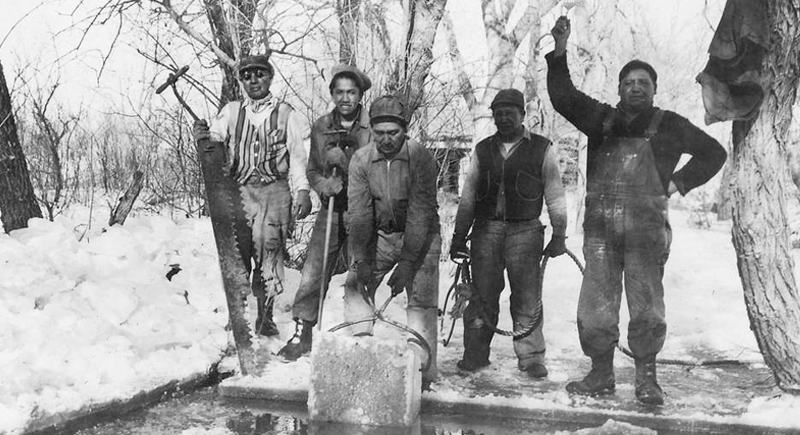
Credit: picryl
Before refrigeration changed food storage, harvesting ice from frozen lakes was an essential profession. Laborers risked falling through ice or enduring frostbite during grueling shifts. Mechanical refrigeration saved lives by quickly making this hazardous job obsolete.
Crop Dusting with Arsenic
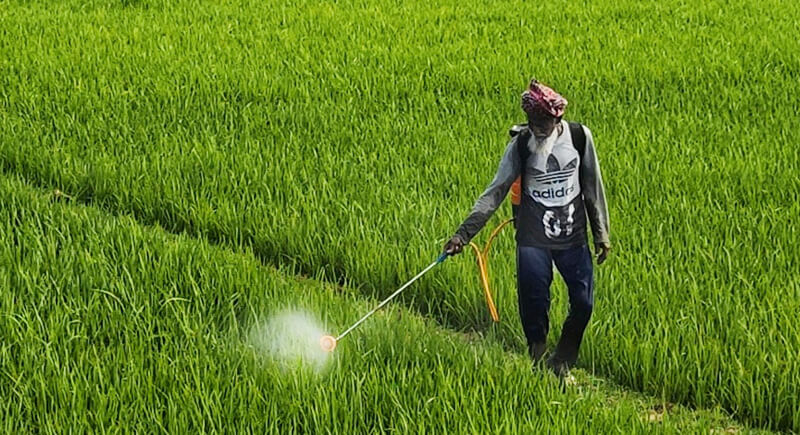
Credit: pexels
Farmers battling pests in the 1950s often relied on pesticides containing arsenic, spraying fields with little to no protection. The toxic chemicals posed serious risks to both the crew and their families. Modern agriculture now uses safer alternatives, ensuring that farmhands are no longer exposed to such dangers.
Textile Factory Operatives
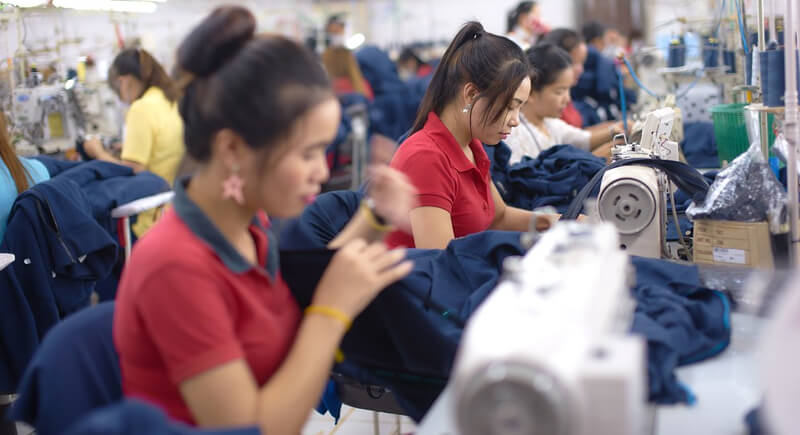
Credit: flickr
Inside textile mills, workers spent hours inhaling fibers that filled the air, leading to chronic respiratory issues like brown lung disease. These mills lacked ventilation, making every shift a health hazard. Updated machinery and improved workplace laws brought an end to these harmful conditions.
Matchstick Production Workers
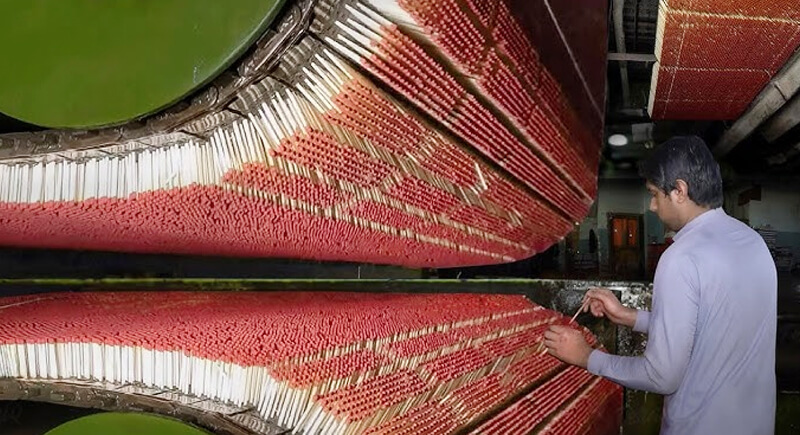
Credit: Youtube
Matchstick makers worked with white phosphorus, a substance so harmful that it caused workers' jawbones to decay in extreme cases. This condition, known as “phossy jaw,” was agonizing and life-threatening. The introduction of safer production materials finally ended this dark chapter in industrial history.
Coal Furnace Stokers
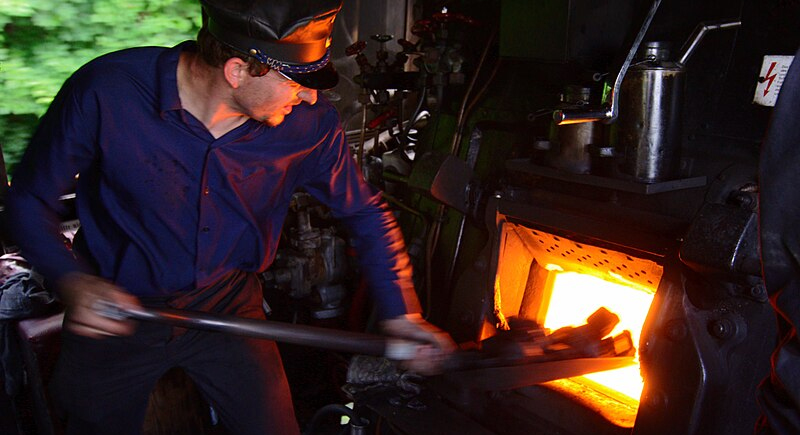
Credit: Wikimedia Commons
Furnace stokers shoveled coal into massive furnaces, often enduring unbearable heat and choking on soot. This backbreaking labor left many with respiratory problems. Technological advances, like automated systems, replaced the need for such physical toil.
Traveling Salesmen of Dubious Remedies
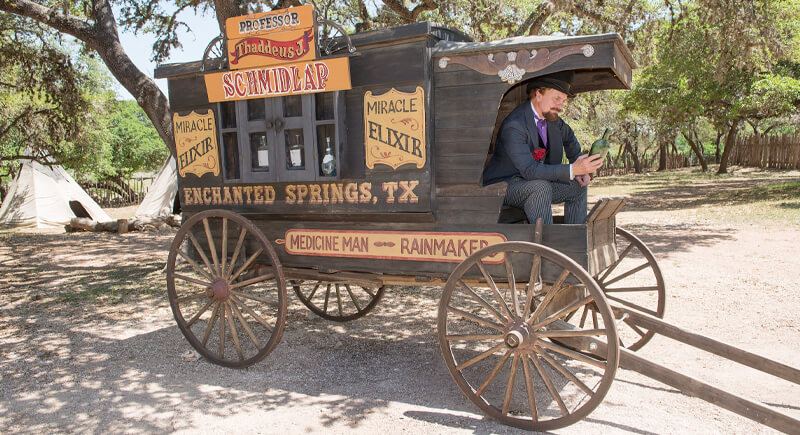
Credit: Wikimedia Commons
Known colloquially as “snake oil salesmen,” these individuals peddled questionable products, often using substances with little regard for safety. While the job wasn’t inherently life-threatening, angry customers and exposure to harmful ingredients made it a risky trade. Consumer protection laws have since eradicated these sketchy practices.
Manual Elevator Operators
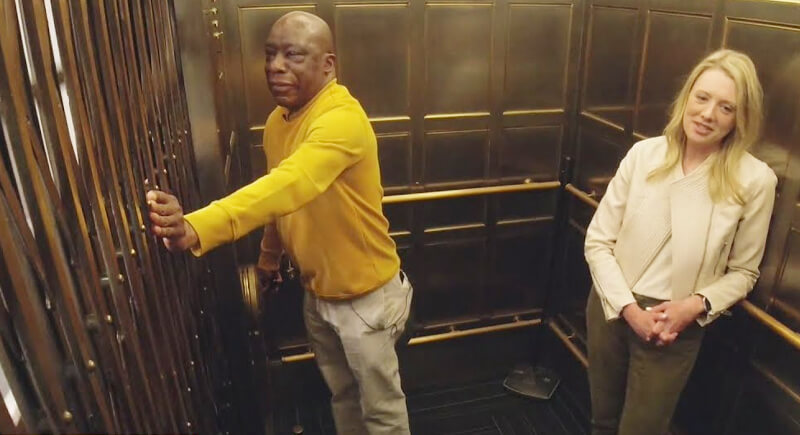
Credit: Youtube
Elevators in the 1950s required skilled operators to navigate floors manually. Mechanical errors and human mistakes made accidents a regular occurrence. With the invention of automatic elevators, this role was phased out, greatly improving safety for everyone involved.
Explosives Transport Workers
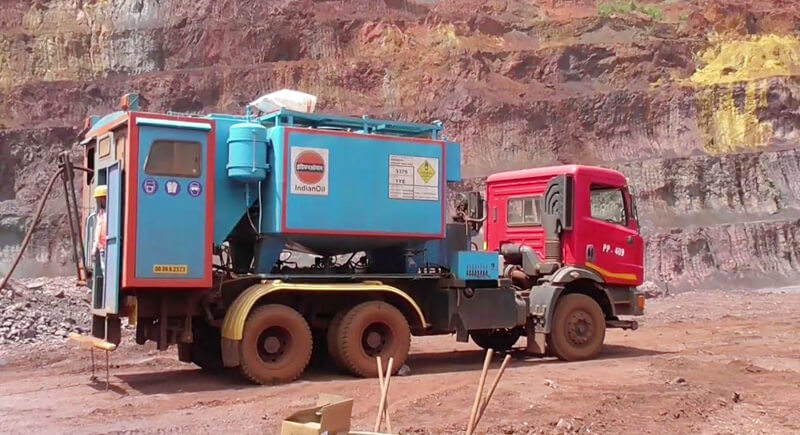
Credit: Youtube
Transporting nitroglycerin was one of the most precarious jobs of the era. Even the slightest movement could trigger a catastrophic explosion. Safer alternatives to handling and transporting explosive materials have since eliminated this deadly occupation from the workforce.
Chimney Cleaning Specialists
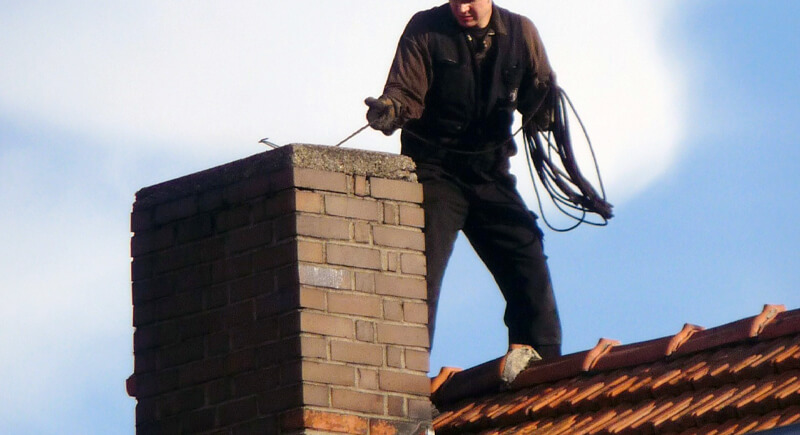
Credit: Wikimedia Commons
Chimney sweeps climbed into narrow, soot-filled spaces to clean out debris. Without protective gear, they often develop respiratory illnesses or skin diseases from prolonged exposure. The development of modern cleaning equipment and better heating systems made this risky job largely unnecessary.
Whaling Harpooners
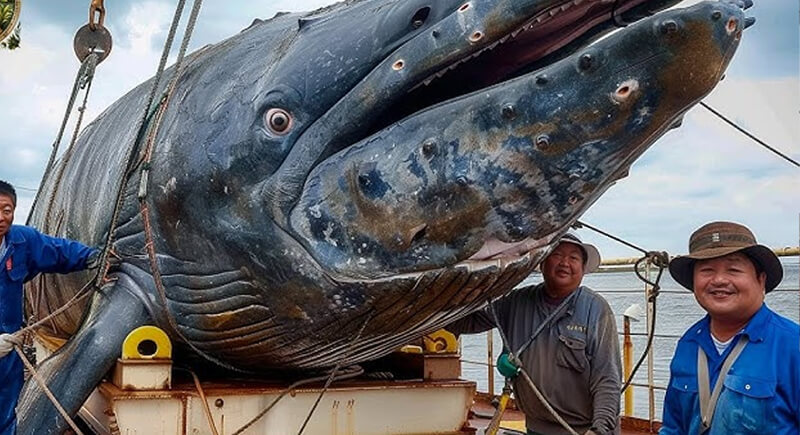
Credit: Youtube
Hunting whales required physical effort and exposed crews to extreme weather, treacherous seas, and unpredictable wildlife. As whaling declined due to conservation efforts, this dangerous job faded into history, sparing countless technicians from its dangers.
Pole Linemen
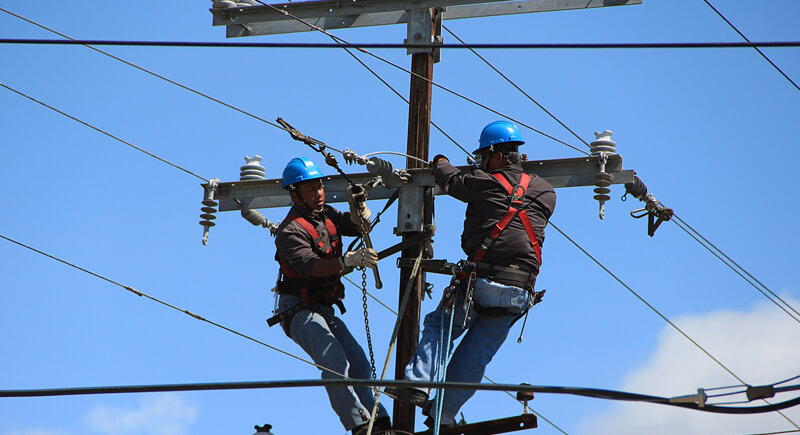
Credit: Wikimedia Commons
Climbing tall poles to repair or install telephone lines involved constant risk, especially in stormy or icy conditions. Without proper safety equipment, falls were common. Modern bucket trucks and advanced repair tools have drastically reduced the dangers of this essential work.

